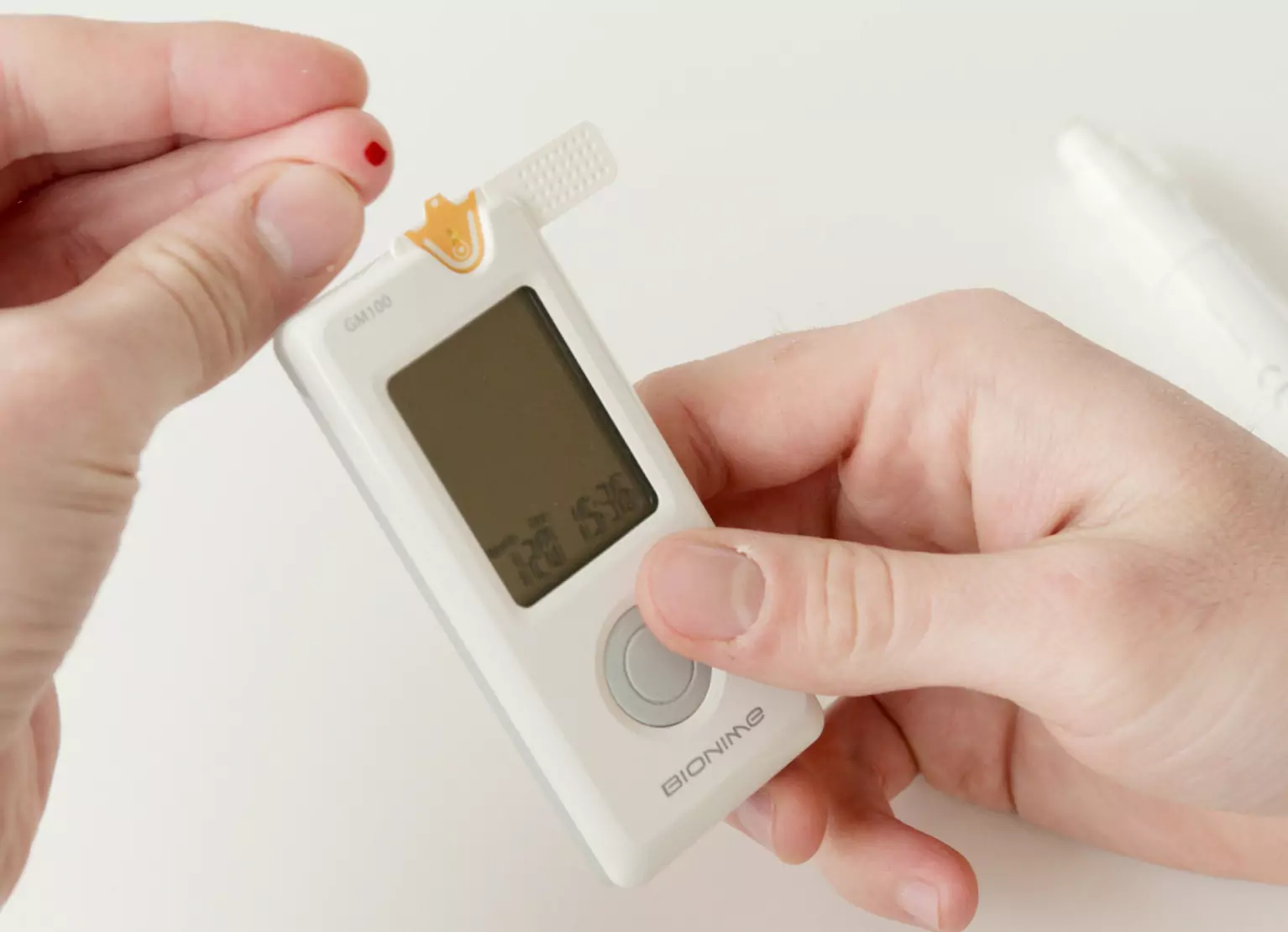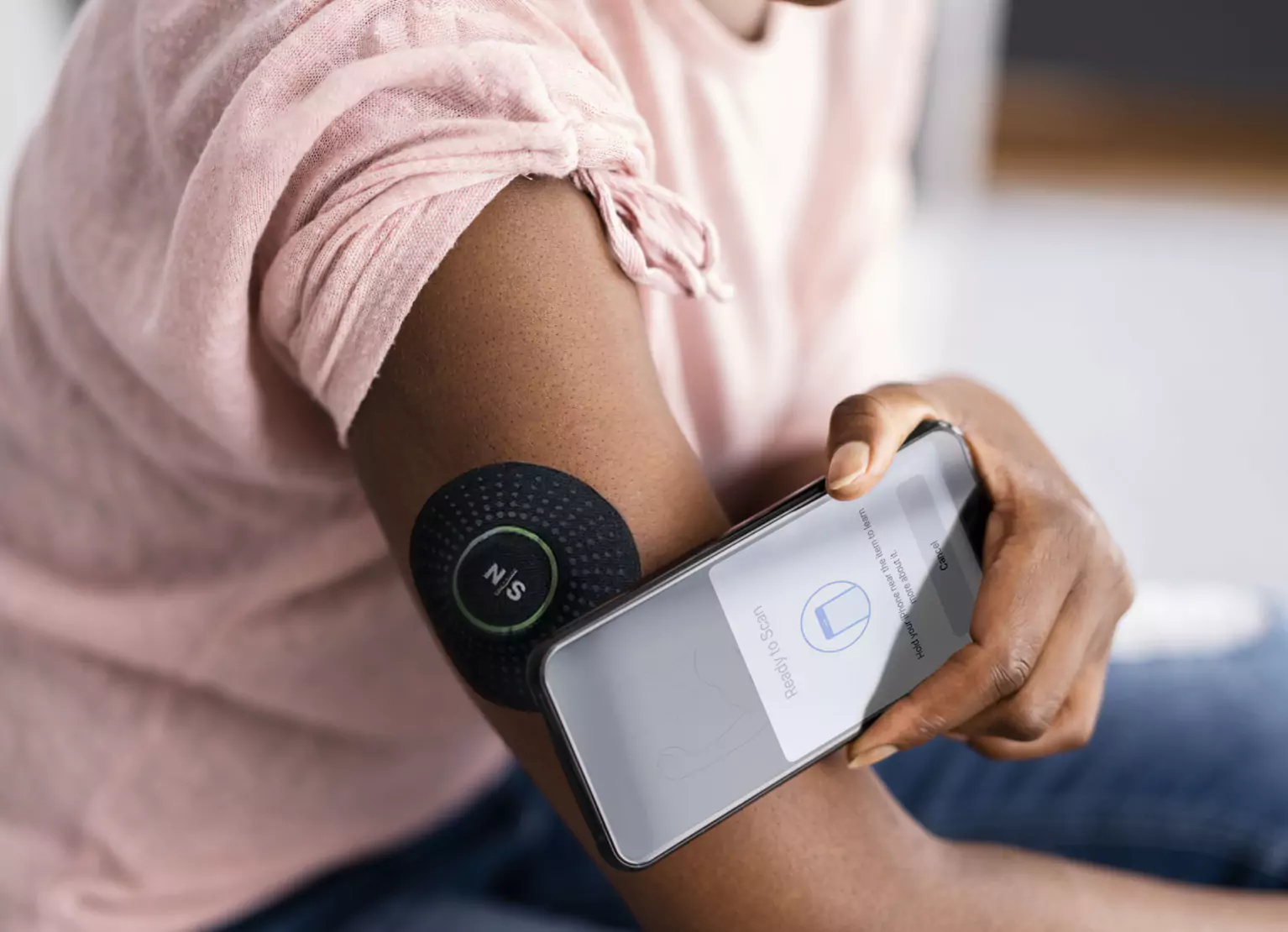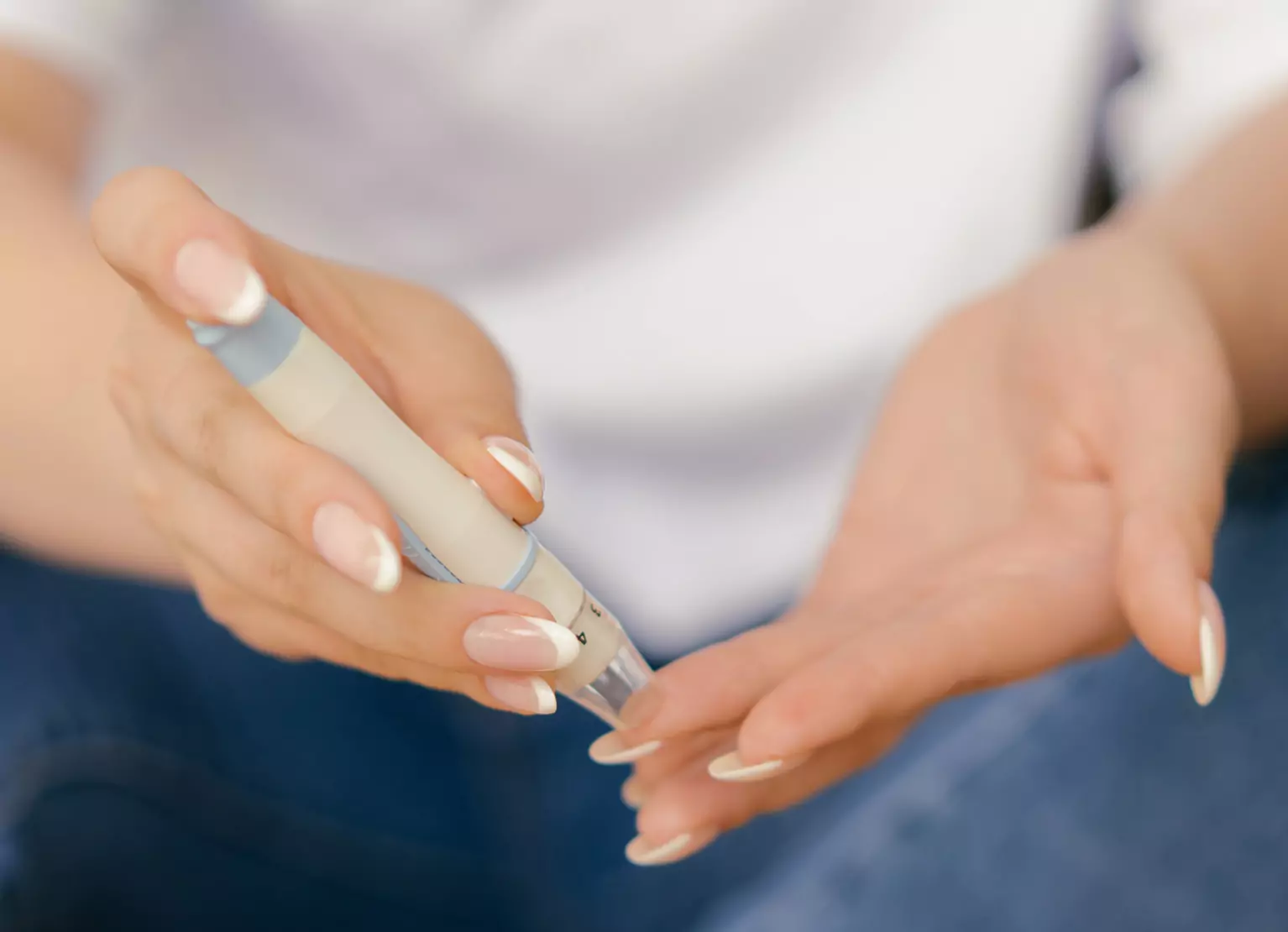What To Do For Low Blood Sugar At Home

Key Takeways
Keeping your blood sugar levels within the normal range can have a tremendous effect on your health and well being. Low blood sugar levels can affect many processes in the body, and if you’re someone with type 1 or type 2 diabetes, you are likely familiar with the dangers of hypoglycemia, or having low blood sugar.
Type 1 diabetes occurs when the body doesn’t make enough insulin, a hormone that helps the body’s cells to absorb and make use of blood sugar, while type 2 affects your body’s ability to use insulin properly.
Without this important hormone, too much blood sugar stays in the bloodstream, leading to serious health effects. However, when your body releases too much insulin, excess blood sugar can be absorbed and cause your levels to drop to dangerously low levels. Untreated low blood sugar can lead to serious health conditions, so it’s important to know what to do if you have it.
Let’s explore the causes of low blood sugar levels and some treatment options that are available.
What are the Causes of Low Blood Sugar

Maintaining a lifestyle that prevents blood sugar imbalances can have a big impact on your overall health and help prevent serious health conditions, so being aware of the factors that can affect your blood sugar is important.
It may surprise you to know that you don't have to have a chronic illness to be affected by low blood sugar (or hypoglycemia). Inadequate nutrition, not properly fueling before exercise, and taking certain medications can all lead to blood sugar levels dropping below the optimal 70 milligrams per decilitre (mg/dl) threshold.
Too Much Insulin
People with type 1 or type 2 diabetes may take insulin to control their blood sugar. Because insulin allows the body to absorb blood sugar, having excess insulin in your bloodstream can cause the body to absorb too much glucose, making your blood sugar drop dangerously low.
There are a lot of factors in determining the correct insulin dosage, including time of day, your blood sugar at the time of taking insulin, activities planned for the day, and what you are planning to eat after taking insulin. You and your doctor can work together to establish your insulin dosage and routine.
Not Carefully Monitoring Your Food Consumption

Most of the glucose in your body comes from your diet. When you eat foods that contain carbs, your body breaks down the sugars and starches and turns them into glucose, which enters your bloodstream. Because of the impact your diet has on blood sugar levels, it’s important to take caution when skipping or delaying meals, as blood sugar levels can be significantly affected.
It’s critical to make sure you are eating regularly throughout the day to keep your blood sugar level in your target range. Your diet is personal, and what works for someone else may not work for you. Talk to your doctor or dietitian to get guidance on the right eating plan for you.
Not Fueling Well For Workouts

Exercise is crucial for keeping your body healthy, but it’s important to be aware of how physical activity affects your blood glucose.
During exercise, the body uses reserved sugar stored in your muscles and liver for energy. If our glucose requirements during activity exceed the body's ability to meet those needs or replenish reserves, we might experience more tendency for hypoglycemia.
Low blood sugar can happen during or up to 24 hours after physical activity, so you may need to check your blood sugar level before, during, and after physical activity.
How to Manage Low Blood Sugar At Home
Low blood sugar is serious, but there are a few things you can do to manage it at home. Using a continuous glucose monitor (CGM), knowing how to recognize the symptoms of low blood sugar, following the 15-15 rule, and creating an emergency plan are all important to be able to safely manage your blood sugar at home.
1) Monitor Your Blood Sugar With a CGM

Monitoring your blood sugar is key in making sure your blood sugar levels are in your target range. A continuous glucose monitor, or CGM, is a small, painless device that attaches to your arm.
A CGM tracks your blood sugar levels 24/7, meaning you can see your blood sugar level at any time and even track how your blood sugar responds to food and exercise. This device not only helps you keep track of your blood sugar changes throughout the day, it helps you make informed decisions about your health, food, and exercise routines.
One way to get a CGM is by joining Nutrisense. As a member, you’ll be able to use the Nutrisense app to track and make sense of your blood sugar data. You can also get advice from Nutrisense’s team of registered dietitians, who can help you determine your ideal eating plan and diet, interpret your blood glucose data, and create healthy habits and lifestyle changes.
2) Be Cautious of the Warning Signs of Low Blood Sugar
Knowing the warning signs of low blood sugar is crucial in taking care of your metabolic health. The symptoms of low blood sugar can come on fast, and can range from mild to severe. If your blood sugar is low, you may experience any of the following:
- Feeling tired
- Feeling hungry
- Feeling shaky or jittery
- Headache
- Confusion or irritability
- Feeling dizzy or lightheaded
- Having a faster heartbeat
- Having trouble communicating or concentrating
If you think you may have any of these symptoms, it’s important to check your blood sugar right away and take the necessary steps to treat it if your levels are low.
3) Follow the 15-15 Rule

If your blood sugar is between 55 and 69 mg/dl, the CDC recommends using the 15-15 rule: consume 15 grams of carbohydrates and wait 15 minutes to re-check your blood sugar. If it’s still low, repeat the process until your blood sugar is in your target range.
Here are some examples of carbohydrates that can raise your blood sugar:
- 4 ounces of juice or regular soda (not diet)
- 1 tablespoon of sugar, syrup, or honey
- Glucose tablets (follow package instructions)
- Glucose gel tube (follow package instructions)
- Hard candies, jellybeans, or gumdrops (see food label for serving sizes)
During an emergency, it’s important to consume simple carbohydrates rather than complex carbohydrates (like whole grains or fruit). Complex carbs can contain fat and other nutrients that will make the glucose absorb more slowly into the bloodstream.
Talk to your doctor to create a plan for emergency blood sugar regulation, and for advice to prevent these dips in the future.
4) Have An Emergency Plan
It is always important to have a plan in the case of an emergency, but even more so for those with a chronic illness like diabetes, or who experience potentially life-threatening symptoms like low blood sugar.
The symptoms of low blood sugar can occur quickly and can lead to severe consequences like loss of consciousness or shock, so having an emergency plan and a supply kit is key to staying safe during unforeseen emergencies.
You can find several templates for an emergency action plan online, such as this one by the American Association of Clinical Endocrinology. Your plan should include:
- A list of your up-to-date medical information, including any medical conditions you have, medications that you take, contact information for your health care professionals, and emergency contacts
- An extra supply of medications that you take
- Blood glucose testing supplies
- An emergency source of simple carbohydrates, such as juice boxes, glucose tablets, or hard candy
It may be a good idea to keep a kit with these items at home and at work, as well as a mobile version to have when you experience low blood sugar when you are not at home. Keeping a supply of food at home that can help control blood sugar can be a great way to prevent blood sugar emergencies.
Finding the Root Cause

While knowing how to recognize the symptoms of low blood pressure and being prepared to treat any unforeseen dips is important, you should work with a medical professional to find the root cause of your low blood sugar.
As we’ve seen, there are many factors that can influence blood sugar fluctuation in individuals with or without diabetes, such as diet, excessive alcohol consumption, certain antibiotics, and health conditions affecting the liver or kidneys.
Low blood sugar is a serious and potentially life threatening condition when not treated properly, so consulting with your doctor to find treatment options that work for your individual condition is important. Using a CGM is a great way to be able to constantly monitor your levels in real-time to determine which lifestyle habits are having the most influence on your condition.
Find the right Nutrisense programto turn insight into progress.
Go Beyond Glucose Data with Nutrisense
Your glucose can significantly impact how your body feels and functions. That’s why stable levels are an important factor in supporting overall wellbeing. But viewing glucose isn't enough. Nutrisense, you’ll be able to learn how to use your body's data to make informed lifestyle choices that support healthy living.
One-to-one coaching
Sign up to access insurance-covered video calls to work with a glucose expert: a personal registered dietitian or certified nutritionist who will help tailor your lifestyle and diet to your goals.
Monitor and measure what matters
With the Nutrisense CGM Program, you can monitor your glucose with health tech like glucose biosensors and continuous glucose monitor (CGM)s, and analyze the trends over time with the Nutrisense App. This will help you make the most informed choices about the foods you consume and their impact on your health.
Find your best fit
Ready to take the first step? Start with our quiz to find the right Nutrisense program to help you take control.

Heather is a Registered and Licensed Dietitian Nutritionist (RDN, LDN), subject matter expert, and technical writer, with a master's degree in nutrition science from Bastyr University. She has a specialty in neuroendocrinology and has been working in the field of nutrition—including nutrition research, education, medical writing, and clinical integrative and functional nutrition—for over 15 years.




